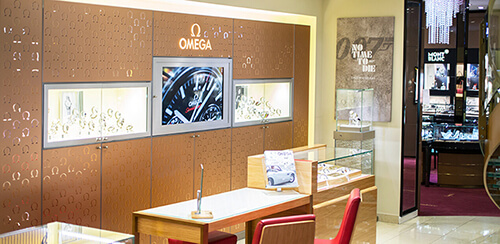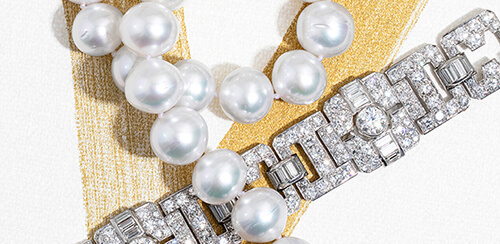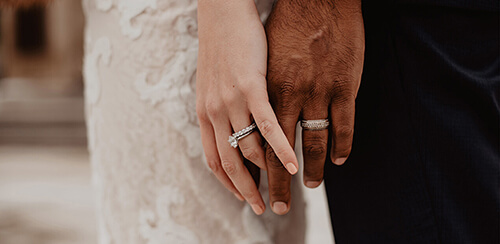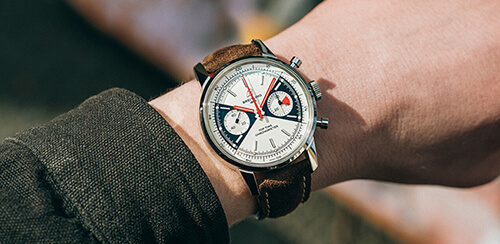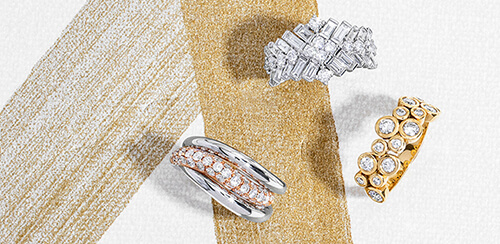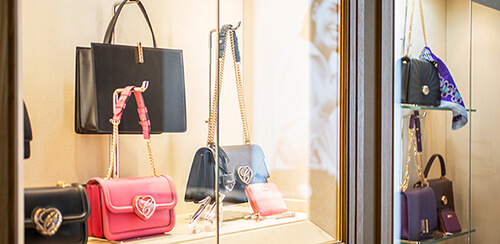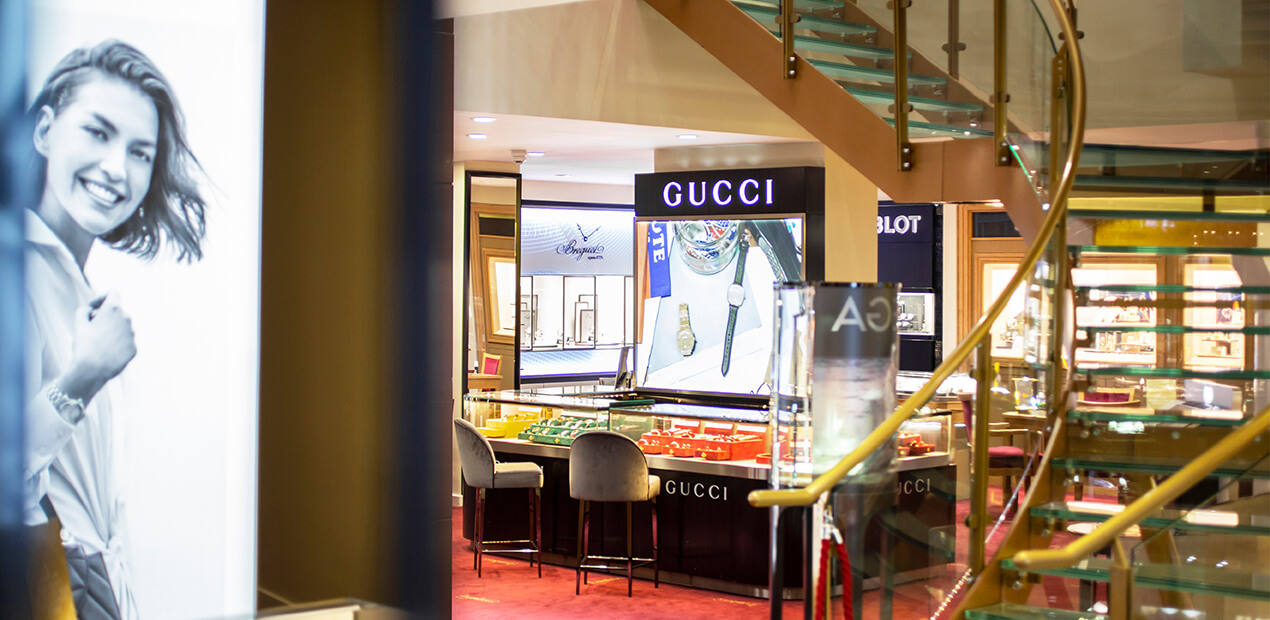Toggle Nav
DIAMOND - THE 4 C'S: COLOUR
17/04/2022
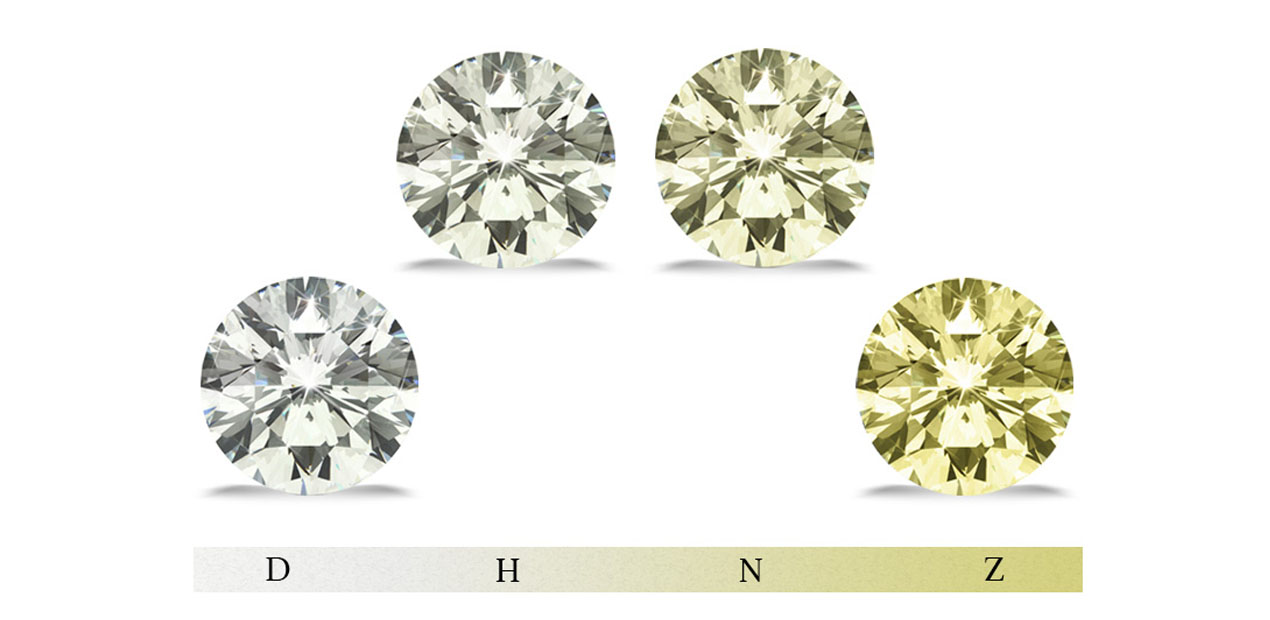
Colour in diamonds is probably the second most important value factor after cutting.
Natural colour in diamonds is most commonly present in colour ranges of yellow, grey and brown. The human eye, even the untrained professionals can start to see colour in diamonds with a G designation or lower in any of these 3 principal colours. This can be done even under store conditions when comparing a true colourless stone to a near colourless one.
The GIA diamond colour grade system is an assessment of how much or more importantly how free of colour a diamond is. Because most diamonds that are mined have some natural colour, truly colourless D-F colour diamonds are quite rare, there for most diamonds actually fall between G & Z on the colour scale. The stronger/ more noticeable the colour the further down the colour scale the grading will fall.
The GIA colour scale has been sectioned for ease into 5 colour ranges, D-F being colourless or pure white, G-J is near colourless, K-M is faint, N-R is very light and S-Z is light. When a stone goes below the Z colour range it moves into the fancy-colour range, starting at a Fancy Light yellow, this causes a rise in value for strength of colour.

To distinguish the difference of how white a diamond in the D-F colourless range, this can only really be done under laboratory conditions, where lighting conditions & surroundings are under strict control.
Diamonds that fall between G and Z are still assessed under the same strict laboratory conditions, i.e. in a neutral colour room with daylight equivalent lighting, in a piece of equipment known as a diamond dock, which will have a set of “master stones” (these are a set of unmounted stones, all cut in the round brilliant style, these are all previously graded diamonds, they must all be of similar weight, around 0.25ct with no greater than 0.10ct difference of one another. They also must have a clarity of SI2 or better; free from any characteristics that could influence colour, have no fluorescence in colours E through J and these are set up inverted), these stones show the least amount of colour allowed for that colour range and are set up from lightest to darkest. The viewing angle for assessing colour is so that you are looking into the centre of the stone from a direction that’s perpendicular to its pavilion.

Colour is graded as a scale. So as an example, if the stone being assessed has more colour when set to the left hand side of the master stone it will then be moved to the right of the master stone. If this stone then has more colour when to the right of the master stone but less than that of the master stone to its right, it is then given the grade that matches the lighter master stone. This is why you can get some stones that might all be graded H in colour, but may vary in their intensity of this, but will not be as strong as I.
It should also be noted that when assessing colour in near colourless stones it’s also important that the stone being graded should also be assessed for any fluorescence. This is since in many near colourless yellow stones, with faint to medium blue fluorescence part of the yellow colour can be neutralised due to its presence and give a false whiter appearance to a stone. There is still debate on whether fluorescence in near colourless diamond is a good or a bad thing. But if buying an uncertified stone that has this feature likelihood is that it has been sold cheaper in the mass market. At least in the example of a GIA graded stone this factor has been taken into consideration of value at the time of purchase, and whether its presence in the stone detracts from its overall beauty.

Fluorescence is quite a common factor in around a third of all diamonds, most common is blue in near colourless and white diamonds. However, fluorescence comes in other colours in diamonds and doesn’t always correlate to the natural colour of the diamond. It can be yellow, orange, green or even pink, the colour of fluorescence doesn’t always affect the body colour of the diamond, but it’s probably only most noticeable in situations where the stone is seen in lighting with strong UV. Some colours of fluorescence can be quite desirable and can give a dramatic difference to appearance in different lighting situations, like those in the Aurora Butterfly collection, which were all specifically collected for this dramatic effect. One of the most famous diamonds in history actually has a different display, where by with the presence of UV light it glows red-orange and continues to glow with diminishing effect for a few minutes after the removal of UV light, this is known as phosphorescence.

Beyond the normal GIA D-Z colour range of yellow, grey, or brown. GIA recognises 27 natural fancy colours, in this is also included yellow.
Brown in diamonds is probably the second most common colour in all naturally occurring diamonds and when designated as K or below in the normal range, K-M is considered faint, N-R is very light, S-Z is light. So, an N graded brown diamond is described as N - very light brown.
Grey also falls under this “normal” distinction for naturally occurring diamonds and like brown from a K but it wouldn’t be accompanied with its letter designation it would merely be graded Faint Grey.
More valuable and naturally occurring colours in diamonds include green, blue, purple, pink and probably the rarest red. Many of these colours have two combining factors for colour I.e., yellowish-green, violetish-blue, orange-pink, or purplish-pink. Because of the significant value attached to certain colours, you should state the dominant colour last.
Each hue has a range GIA uses specific grades to identify the range accompanied by colour terms like blue or pink on their reports. They are then described as being Faint, Very Light, Light, Fancy Light, Fancy, Fancy Intense, Fancy Dark, Fancy Deep or Fancy Vivid. The first 3 - Faint, Very Light and Light apply only to colours other than yellow. The grade levels play a significant role in determining coloured diamond value because, if all other factors are equal, the stronger the hue, the more valuable the diamond.
Often fancy colours can benefit from being set into complimentary colour metal settings. Therefore yellow, orange or green diamonds might well be set in yellow gold, pink diamonds often set in rose gold, and of course not only the purest of white diamonds D-F colour are normally always set in white gold or platinum settings, near colourless stones are most often done also in white gold or platinum. But if you wanted to make a N colour yellow diamond looked stronger in colour, simply elect to have it set in yellow gold and it will appear stronger. Opposingly this is also why you would not set a faint pink or a light colour yellow diamond in a platinum setting, as this would bleach out the natural colour of the stone.
It might also be of importance for purchasers wanting a “fancy coloured” diamond that colours can be enhanced in a diamond due to technologies used on closed back settings, or by treating some naturally fewer desirable colours through radiation and heat treatment to produce more attractive or not normally found colours in diamonds. These processes can widen the variety of colours of naturally occurring colours and make a more affordable options for purchasing of fancy-coloured diamonds. However, this should always be disclosed at all levels of purchasing, from diamond dealers and traders, to suppliers, to retail outlets and of course to the final consumers.

